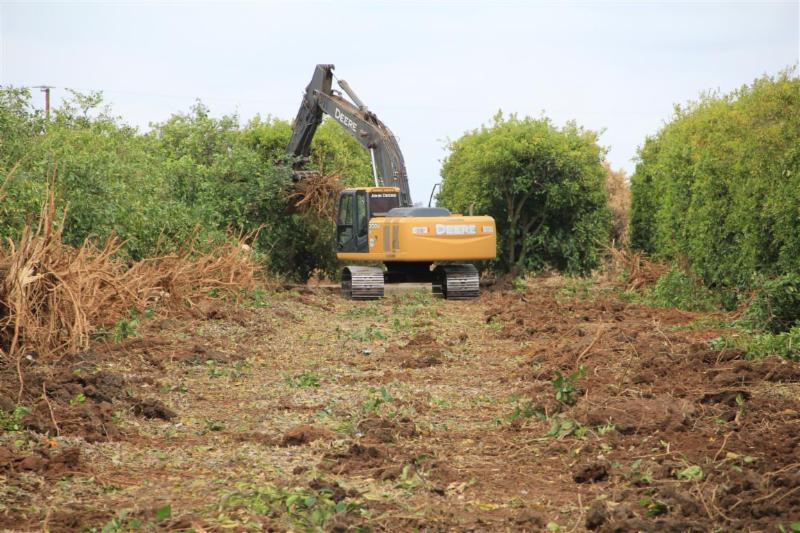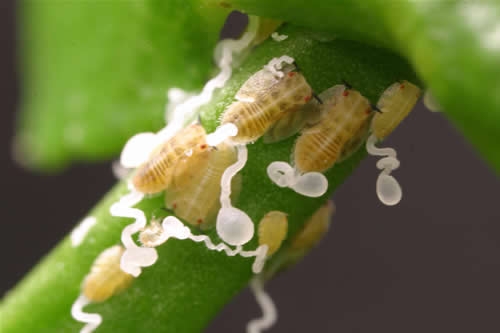New ACP Quarantine in Tulare
Big Effort in Place to Minimize ACP Spread
Too many local growers, its about eliminating and controlling the spread of the invasive insect which can carry a deadly disease on citrus known as citrus greening.
Gavin Iacono, a Deputy Ag Commissioner for Tulare County, where a new quarantine for asian citrus psyllid has been established.
“With this latest finds in the Ivanhoe area, the CDFA has expanded the quarantine which means now that it will connect the Dinuba area quarantine and then the rest of the county quarantine,” said Iacono. “So that realistically now the quarantine a goes from almost the Reedley area all the way down to just south of the Kern County line. Through the whole citrus belt area now.” He added.
Iacono notes that restrictions found in the quarantine.
“Well with the quarantine, it everything thing will be the same as previously to move fruit outside the quarantine. It has to either has to be field cleaned or would to have to have a spray treatment on the orchard prior to picking and then moving. But any fruit that is staying within the quarantine it has no restrictions whatsoever, it can move freely within the quarantine.” said Iacono.
Iacono says the fruit is safe once it gets inside the packing house.
“Once the fruit has gone through the packing process, its no longer considered a host of the asian citrus psyllid, so then they’re free to be able to ship it anywhere they want to.” said Iacono.
And while the CDFA hasn’t made an official statement, it was reported yesterday that a new ACP has been discovered in a trap, west of Farmersville, in Tulare County.
We will keep you updated.










 Westlands Water District General Manager Thomas Birmingham issued the following statement on the drought bill passage:
Westlands Water District General Manager Thomas Birmingham issued the following statement on the drought bill passage:












